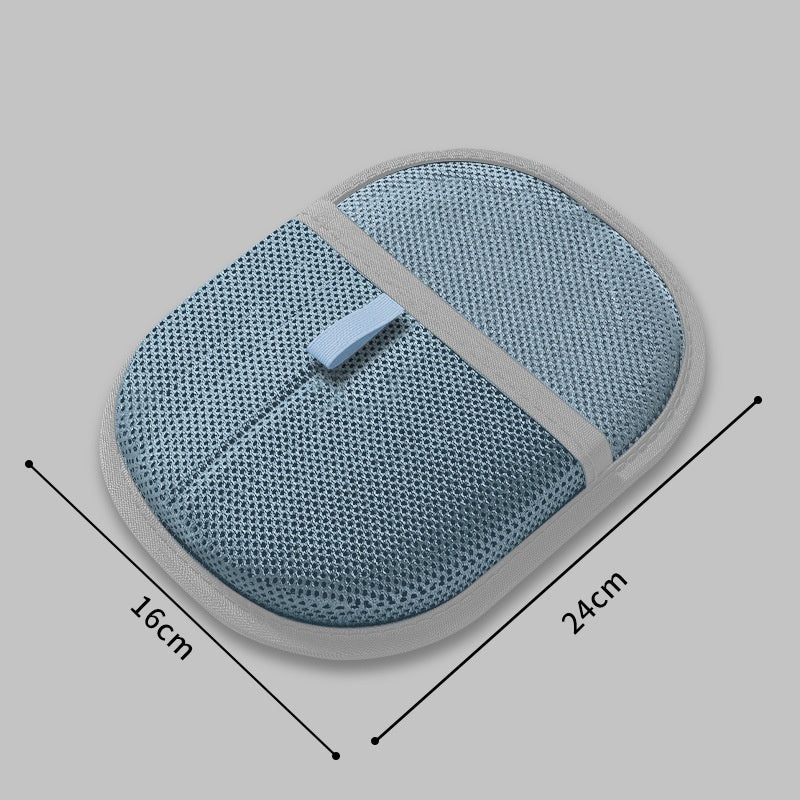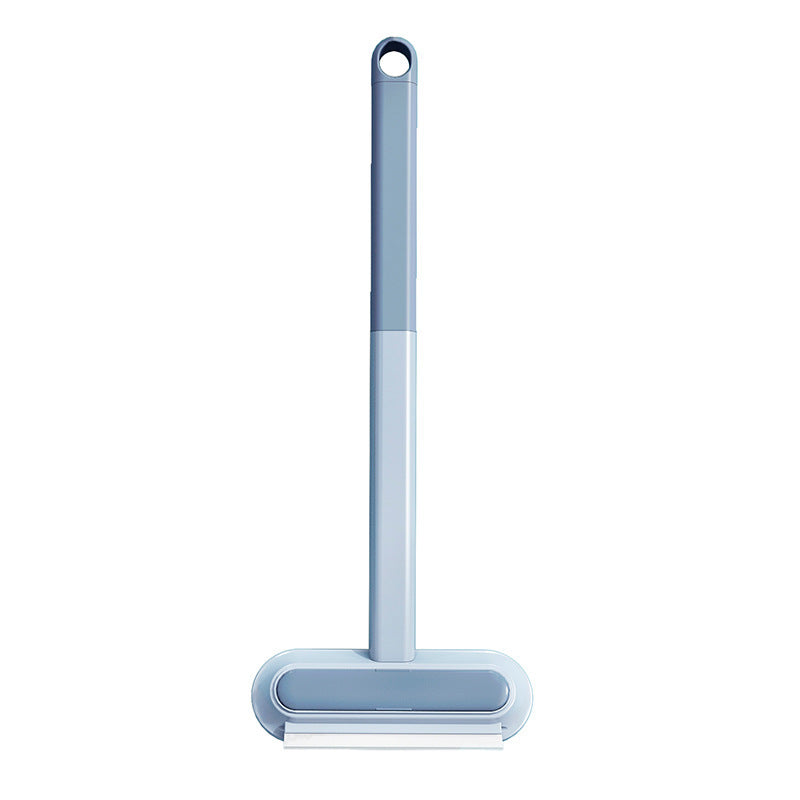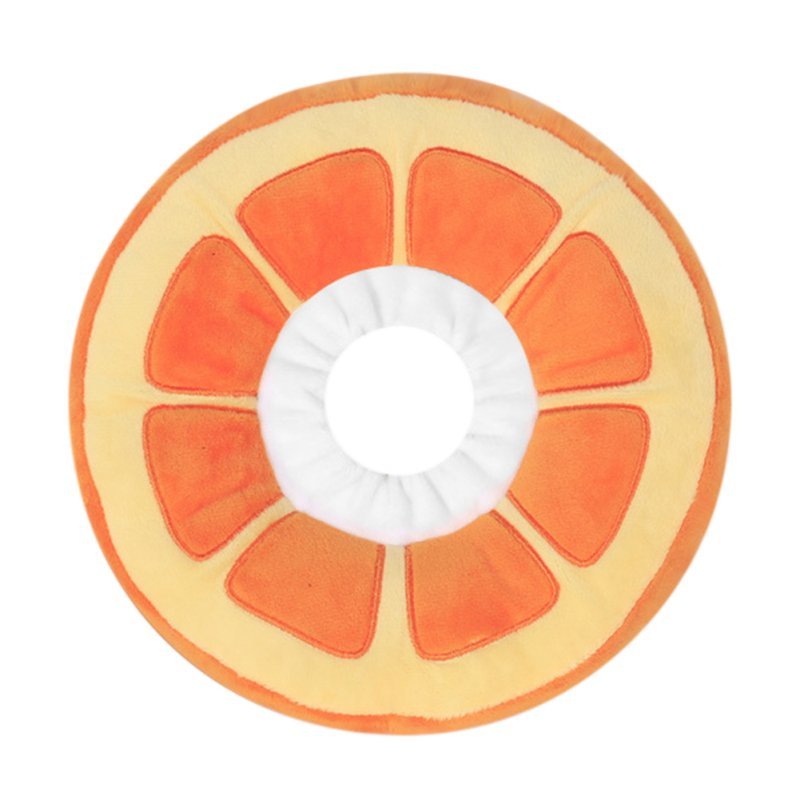Purring remains one of the most intriguing aspects of feline behavior, involving sophisticated physical mechanisms and serving purposes that extend far beyond expressing happiness. Recent scientific research has revealed that purring may have evolved as a multi-functional tool for communication, healing, and survival.
In this blog, we'll explore the fascinating world of purring and its significance in feline life.
Physical mechanics: Cats produce purring through rapid muscle contractions in their larynx and diaphragm, creating vibrations at frequencies typically between 20-50 Hz. This process occurs during both inhalation and exhalation, creating the continuous sound we recognise. Interestingly, the exact mechanism remained a mystery to scientists for decades due to the complexity of the process.
Healing properties: Research suggests that purring frequencies may promote healing in both cats and humans. The vibrations fall within ranges known to improve bone density, reduce pain, and promote tissue repair. This may explain why cats often purr when injured or stressed. It could be a form of self-medication that aids in recovery and pain management.
RSPCA Queensland highlights that the vibrations from purring can help heal injuries, improve bone density, and provide pain relief for cats. These frequencies are even used in human therapeutic medicine for similar purposes, making purring a remarkable natural healing tool.
Communication functions: While we associate purring with contentment, cats purr in various situations including stress, pain, and mother-kitten bonding. Mother cats purr to communicate with newborn kittens who are born deaf and blind, providing a vibration they can feel. Adult cats may purr to solicit care from humans, essentially using a "baby voice" to trigger nurturing responses.
Therapeutic benefits for humans: Studies indicate that cat purring can lower blood pressure, reduce stress hormones, and promote relaxation in humans. The frequency range of purring coincides with therapeutic vibrations used in some medical treatments, suggesting that our positive response to purring may have physiological as well as emotional components.
RSPCA Queensland and Purina Australia report that owning a cat and listening to their purring can lower blood pressure, reduce stress hormones, and promote relaxation in humans. The therapeutic frequencies of purring are well-documented and contribute to both physical and emotional wellbeing.
Individual variations: Not all cats purr with the same intensity or frequency. Some cats are naturally quiet purrers, while others produce sounds audible from across the room. Age, health status, and individual personality all influence purring patterns, and some cats rarely purr audibly despite being content.
| Aspect | Key Features | Why It Matters |
|---|---|---|
| Physical Mechanics | Larynx/diaphragm contractions, 20-50 Hz | Unique ability to purr during inhalation/exhalation |
| Healing Properties | Promotes bone density, tissue repair, pain relief | Natural self-healing mechanism |
| Communication Functions | Contentment, stress, pain, bonding | Multi-purpose communication tool |
| Therapeutic Benefits (Humans) | Lowers blood pressure, reduces stress | Supports human health and wellbeing |
| Individual Variations | Varies by age, health, personality | Normal variation, not always a sign of distress |
Understanding purring helps us better interpret our cats' emotional states and needs. A cat who suddenly stops purring may be experiencing discomfort, while increased purring might indicate stress or a desire for attention.
Step-by-Step Guide: Understanding and Supporting Your Cat’s Purring
-
Recognise the Mechanics:
Understand that purring is produced by rapid muscle contractions in the larynx and diaphragm, creating vibrations between 20-50 Hz. -
Appreciate Healing Properties:
Acknowledge that purring may help with bone density, tissue repair, and pain relief, both for cats and potentially for humans. -
Interpret Communication:
Realise that purring is used for communication in various contexts—contentment, stress, pain, and mother-kitten bonding. -
Enjoy Therapeutic Benefits:
Enjoy the calming effects of your cat’s purring, which can lower blood pressure and reduce stress. -
Observe Individual Differences:
Accept that not all cats purr loudly or often. Monitor for changes in purring patterns as they may indicate health or emotional issues. -
Consult Professionals if Needed:
If you notice sudden changes in your cat’s purring, consult your Australian veterinarian for advice.
The next time you hear your cat's gentle rumble, appreciate that you're experiencing one of nature's most sophisticated and beneficial acoustic phenomena, a sound that has evolved to heal, communicate, and bond across species boundaries.
FAQs: Cat Purring
Q: How do cats produce the purring sound?
A: Cats purr through rapid muscle contractions in the larynx and diaphragm, creating vibrations between 20-50 Hz, as explained by Australian veterinary clinics.
Q: Can purring help cats heal?
A: Yes, research shows that purring vibrations can promote bone density, tissue repair, and pain relief, as highlighted by RSPCA Queensland and Greencross Vets.
Q: Do cats only purr when happy?
A: No, cats purr in various situations including stress, pain, and mother-kitten bonding, as noted by Cat People of Melbourne and Purina Australia.
Q: Are there health benefits for humans from cat purring?
A: Yes, listening to a cat’s purr can lower blood pressure, reduce stress hormones, and promote relaxation, according to RSPCA Queensland and Purina Australia.
Q: Why does my cat rarely purr?
A: Some cats are naturally quiet purrers due to age, health, or personality. This is normal unless accompanied by other signs of distress, as explained by Greencross Vets.


















































































